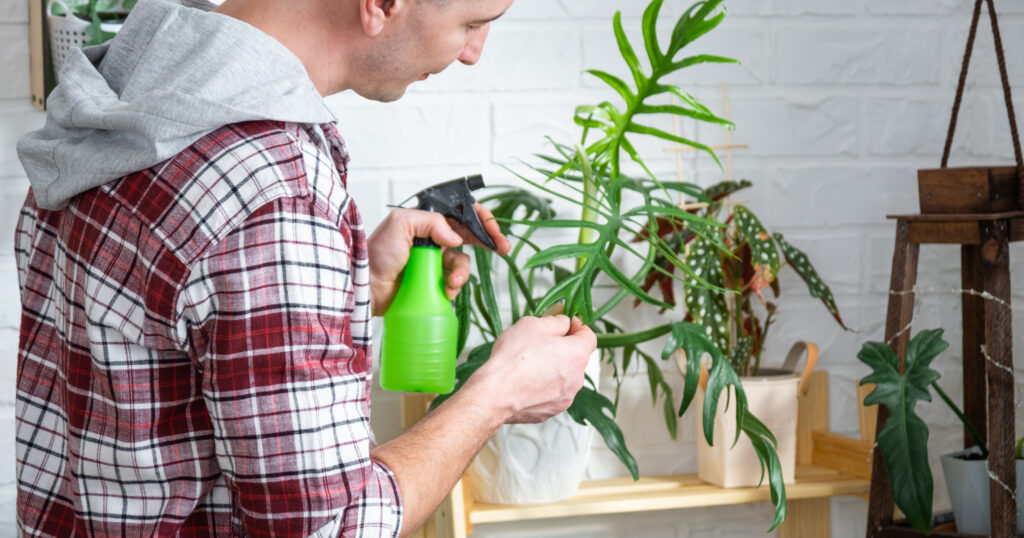Caring for indoor plants can seem daunting, especially if you’re new to gardening. However, having a consistent plant care routine can make all the difference. A well-structured routine ensures that your plants receive the proper care, promoting healthy growth and longevity. In this blog post, we’ll guide you through creating an effective indoor plant care routine that keeps your plants thriving.
Step 1: Establish a Watering Schedule Watering is crucial to your plant’s health, but overwatering or underwatering can lead to problems. Start by researching the specific watering needs of your plants. Most indoor plants need watering when the top inch of soil is dry. Create a schedule that aligns with these needs, and stick to it. Using a moisture meter can help you determine when it’s time to water.
Step 2: Determine Light Requirements Different plants have varying light requirements. Some thrive in bright, indirect light, while others prefer low light. Position your plants accordingly, and consider using grow lights if natural light is insufficient. Rotate your plants regularly to ensure even growth.
Step 3: Set a Fertilizing Routine Fertilizing provides essential nutrients to your plants, promoting healthy growth. Generally, indoor plants require fertilizing once a month during the growing season (spring and summer). Use a balanced liquid fertilizer and dilute it to half strength to avoid over-fertilization. Always follow the manufacturer’s instructions.
Step 4: Implement Pest Control Measures Indoor plants can attract pests like spider mites, mealybugs, and aphids. Regularly inspect your plants for signs of pests and treat them promptly. Use natural pest control methods, such as neem oil or insecticidal soap, to keep your plants healthy. Keep your plants clean by wiping the leaves with a damp cloth to remove dust and pests.
Step 5: Maintain General Plant Health Routine maintenance includes pruning dead or yellowing leaves, repotting plants that have outgrown their pots, and cleaning leaves to allow better photosynthesis. Pruning helps encourage new growth and keeps your plants looking tidy. Repotting ensures your plants have enough space to grow, and clean leaves improve the plant’s overall health.
Creating an indoor plant care routine doesn’t have to be complicated. By following these simple steps, you’ll ensure your indoor plants receive the care they need to thrive. If you have additional tips or routines that work for you, share them in the comments below. Happy gardening!

